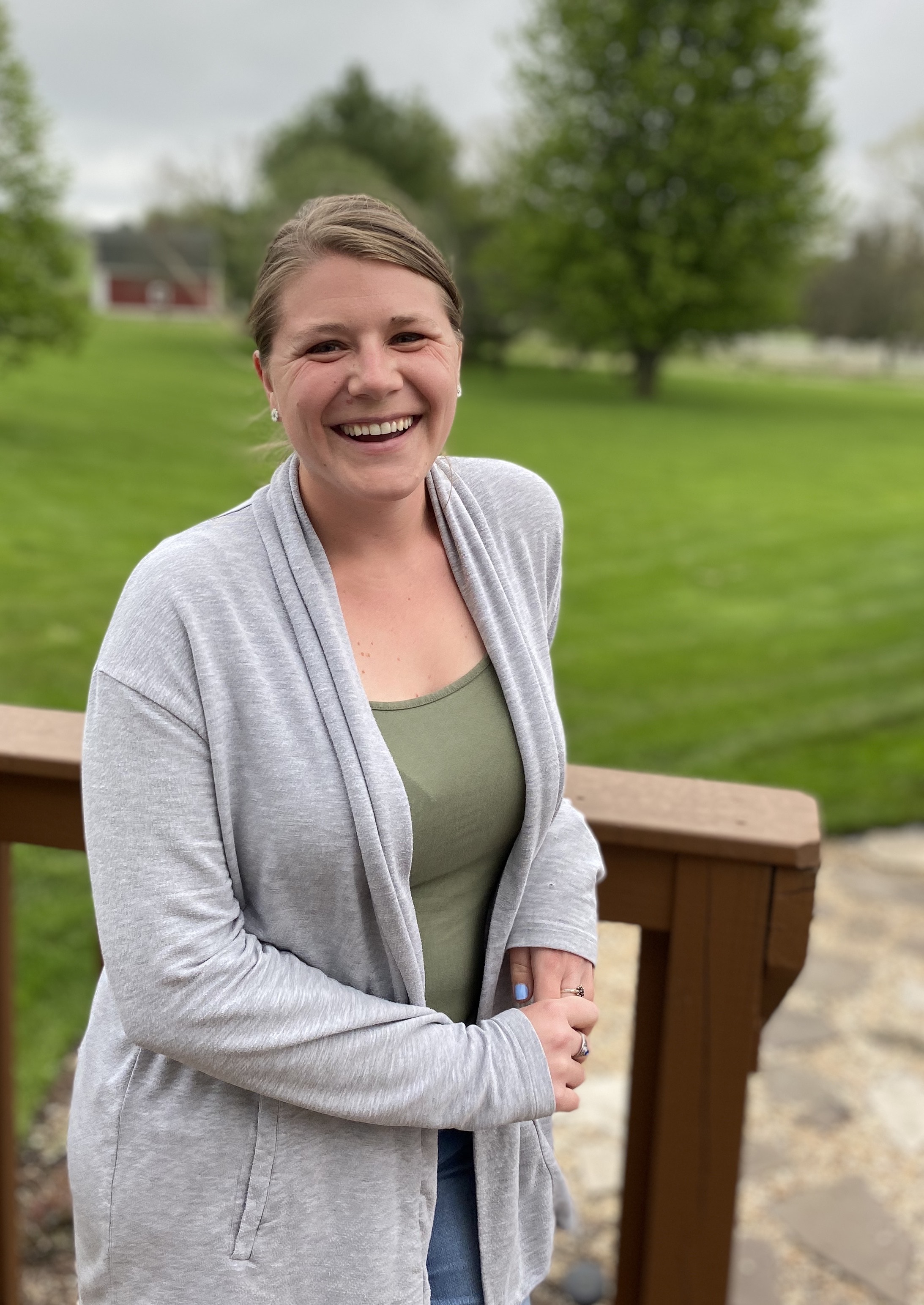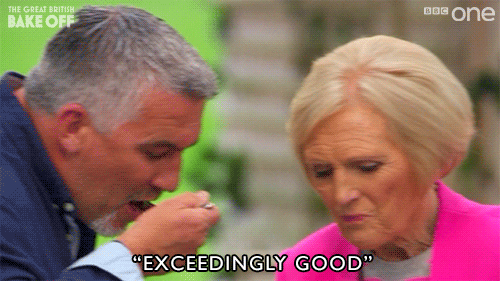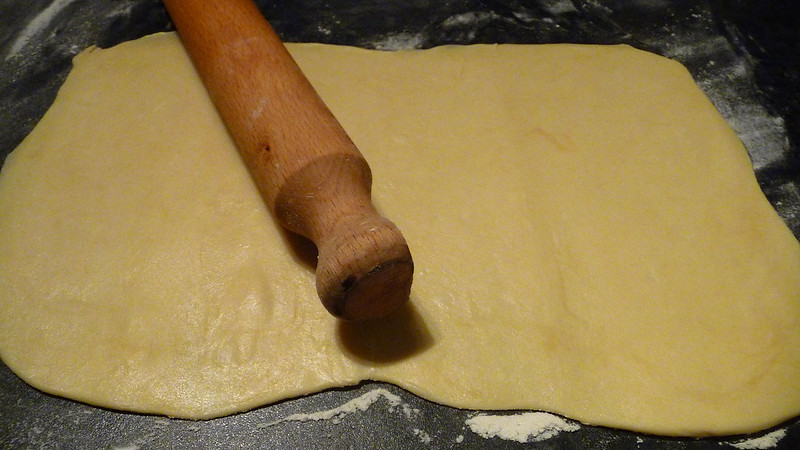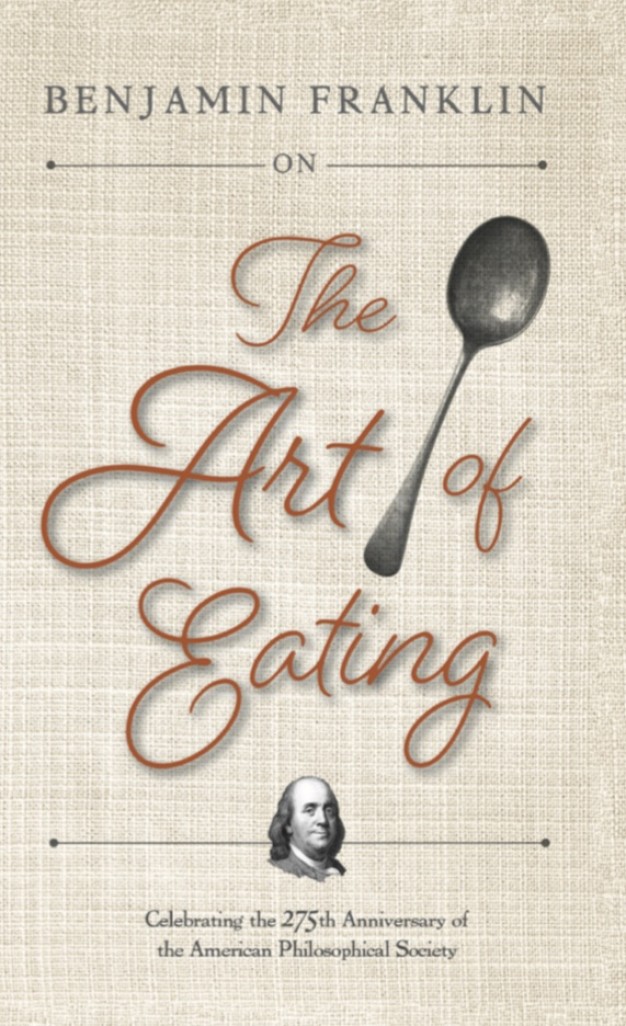Revisiting Benjamin Franklin and the Art of Eating: Marie Pellissier
In the APS’s voluminous collections of Franklin’s manuscripts are a series of cooking recipes, mostly undated and a majority written in French. APS Member and French-born literary critic Gilbert Chinard (1881-1972) was so taken by these rare survivals that he published a short volume about them, Benjamin Franklin on the Art of Eating (1958) which remains an APS bestseller. (Order your copy here.)
Six decades later, interest in historic recipes has never been stronger, especially among people who have found themselves in their houses under quarantine due to the COVID-19 pandemic. Each week sees different museums and libraries sharing historic recipes from their collections, usually modernized for preparation with contemporary ingredients, measurements, and cooking equipment. Old Sturbridge Village has a whole website devoted to dozens of foods from nineteenth-century New England.
But what is the enduring appeal of historic recipes? Why are we drawn to them? What can they tell us about the past - and maybe about ourselves? To explore these fascinating questions, we have invited scholars, public historians, and chefs with a range of interests to share their reflections on Franklin, his recipes, and the culture of the eighteenth-century Atlantic World over the coming weeks.
This week’s conversant: Marie Pellissier

We begin the series with Marie Pellissier, a public historian and doctoral student at William & Mary. There, she studies early American history, with a focus on the overlap between food history, the history of the book, and women’s intellectual history. As one of the co-creators of Explore Common-Sense, a digital edition of the first British edition of Tom Paine’s Common Sense, Marie has thought deeply about making the eighteenth-century accessible to twenty-first century audiences.
Gilbert Chinard wrote Franklin on the Art of Eating in 1958. What questions are scholars of the history of food asking in 2020?
In my experience, scholars of the history of food in the seventeenth and eighteenth centuries are interested in a couple of themes: thinking about how the history of food can help shine light on connections between people and places, how food history helps us understand the stories of people who can be difficult to find in the archives, and the ways in which food history helps us question and understand how people in the past thought. Scholars are turning their attention to the people doing the labor in the kitchens, the relationships between people and the systems that provided and circulated foodstuffs around the world, and the sensory experiences of food in the past.
The history of food is inherently interdisciplinary; historians, literary scholars, anthropologists, and archaeologists are all engaged with these kinds of questions. Scholars like Wendy Wall and Amanda Herbert are challenging how we think about concepts like “taste” and even “food” itself—what is “food”, and what is not? How can understanding that distinction—and how it’s changed over time—help us understand the past? Recently, I had a chance to attend a workshop at the Folger Shakespeare Library called “Eating Through the Archives,” run by Amanda Herbert and the Before Farm to Table team. There, we spent a good amount of time talking about how food history can be a great entrée for the general public into many aspects of the past—think about the connection between sugar and slavery, for instance. Food historian Michael Twitty also spoke with us about using food history for social justice, which is another avenue that I hope scholars will keep in mind as they work.
Personally, I am most interested in questions about the overlap between food, cooking, and knowledge. What did it mean to “know” a recipe, or to claim that you knew how to “cook”? How did European understandings of food shape how they understood themselves, and how did that shape their encounters with Indigenous peoples in North America, and their encounters with enslaved people? How does this inform our present—and why does it matter?
Does Franklin’s advice on eating and the recipes he collected help us think about those questions?
Yes, absolutely! For instance, Franklin’s thoughts on eating show us the ways in which he used food to construct his public image, and how he used that image to advance his political goals. For instance, in his autobiography, he attributes his vegetarianism to the influence of Thomas Tryon’s 1692 The Way to Long Life and Happiness. Franklin notes that it was “a woman in the neighborhood” who was responsible for preparing his vegetarian food from “a list of forty dishes” that he had prepared for her—but doesn’t tell us her name, or how she reacted to a young man’s slightly odd demands for meals! Later, though, when he’s describing his youthful vegetarianism to the abbé de la Roche and other newfound philosophical friends in France, Franklin says it was a volume of Plutarch that inspired him to avoid eating flesh. Franklin’s French audience would have been more impressed by the ancient Greeks than by an English doctor. Here, then, we see Franklin using food to craft his own public image. His later promotion of the health benefits of Indian corn, or maize, is part of his effort to foster his own public persona as a sage from the colonies, as well as part of a larger project to promote the American colonies as a civilized, rather than a backward, place.
Franklin’s writings about food also give us a glimpse of his thoughts on taste and what food items he considered “essential” to a full meal. For example, his Maritime Observations lists cider, double-baked bread, and pease porridge among the essentials for a traveler.He also calls for the traveler to bring “a small oven made of tin plate” to cook on-- and a servant to do the cooking! In France, Franklin was part of a circle of philosophers and intellectuals who were interested in turning cooking into science, to solve the problem of the famines that devastated the poor. However, solving “hunger” didn’t mean providing balanced meals in the way we think of them today-- it meant providing bread made from wheat, which Franklin, the philosophes, and the poor all saw as the fundamental basis of the human diet. Franklin’s visit to see experimental potato bread, and his quest to introduce maize into French baking, show us that it was just as important to change people’s minds about what “bread” could be as it was to provide calories for consumption.
Is Franklin the “author” of his recipe book? What did it mean to write recipes in the 18th century? Who was the audience for them?
“Authorship” is a complicated notion, particularly in the seventeenth and eighteenth centuries. It is notoriously difficult, in particular, to attribute authorship to recipes, because cooks build on each other. The writers of published cookery books used recipes that they had learned and developed over years of practice, which had become their own through that process. Historian Gilly Lehmann has done extensive work on eighteenth-century cookbooks, and found that they were primarily aimed at wealthy audiences at the beginning of the eighteenth century. However, over the course of the century, cookbook authors began writing for women—almost all English published cookbooks were by women, for women—further and further down the social scale, until the end of the century saw books aimed at servants wishing to better themselves.
Manuscript recipe collections, like Franklin’s, however, were probably created either for the author’s own use, or for circulation among a network of friends, family, and acquaintances. Perhaps his wife, Deborah, was the recipient of some of the recipes; it may be, too, that Franklin consulted with her, or with his sister Jane in Boston, to compile the recipes that survive today. We know that in 1771 he asked his sister for the family recipe for soap, and that she sent it to him. Recipes for soap and other household products, like silver polish or animal feed, were often part of manuscript recipe collections. Circulating recipes could help people maintain relationships with far-flung relatives and friends, as we see from Franklin’s correspondence with his sister in New England.
One of your earliest scholarly projects involved recreating recipes from a seventeenth-century manuscript cookbook. What work is involved in translating a historic recipe for modern ingredients and techniques?
Well, the first thing to do is to figure out what you’re trying to make! I attempted “fine cakes”, which are a precursor to the English biscuit, and a recipe for pancakes made with white wine. I figured I knew what I was aiming for—but I did not, and the recipes, perhaps unsurprisingly, did not come out very well! If you’re interested in watching me try to recreate these recipes, you can find them on my website More Than A Kitchen-Aid: The Elizabeth Capell Manuscript.
Seventeenth- and eighteenth-century recipes are often very vague about the steps you need to follow to put together a dish. For instance, a recipe might say to beat the egg whites until they are “enough”, and if you’re not sure what that means, you might end up with flat, rubbery discs, like I did, instead of light and fluffy pancakes. It’s also important to think carefully about the ingredients you’re using. Modern all-purpose flour is produced very differently from flour in the eighteenth century—industrial rollers and mills produce a much finer flour than the water or wind-powered millstones of the eighteenth century did, and so the flour reacts differently in baked goods. Similarly, vegetables, fruits, and even meats would have been acquired locally (perhaps even from one’s backyard), and only in season, which also has a significant effect on the flavor of the dish. Seasonings were used differently, and in the seventeenth and eighteenth-centuries. The line between “sweet” and “savory” dishes wasn’t in the same place as it is today, so you might find cinnamon and nutmeg, for instance, in a hearty meat stew.
Lastly, there’s the difference between cooking over an open fireplace or, in my case, cooking on the old electric stove in my college dorm. Modern ovens bake differently than a brick, wood-fired oven, and old recipes will tell you to cook things “over a clear fire,” for instance, which is difficult to imitate on an electric stove! The trick, I think, is to know what you’re aiming for—a crispy biscuit? A light, fluffy pancake?—and trust your instincts as a cook to read between the lines in the old recipes.
Which recipe in Franklin’s recipe book intrigued you most and why?
I was really struck by the recipe for Puff-paste (pâte feuilletée). Like a lot of people, I’ve been watching a lot of the Great British Baking Show lately and realized, as I was reading the recipe, that it’s awfully close to the recipe for puff pastry that many of the contestants use on the show. I found it interesting that Franklin’s version, in French, uses a six-franc piece as a reference point, telling the cook to roll out the dough to the thickness of the coin. Franklin’s version also calls for the cook to spread a “layer” of butter on the pastry, then fold and roll, rather than “stick pieces of butter all over” as The Art of Cookery, which Chinard cites, would have you do. So Franklin’s recipe is closer to “full-puff” and the English recipe is closer to “rough-puff.” One of my favorite parts of researching food is when you can see the connections between recipes from the past and recipes we still use today. The question is, though, what would Paul and Mary think—and would Franklin’s pies have a soggy bottom?

The Recipe
The APS is currently undertaking strong social distancing measures to help slow the spread of the novel coronavirus, COVID-19. Thus the APS offices and the Library are closed and we cannot share with you an image of the original recipe. However, we can share a transcription of it, along with a modern translation!
Original French recipe in Franklin’s papers:
Pâte feuilletée.
Prenez deux Pintes de farine et une Livre de Beurre, pétrissez les ensemble très finement et reduisez les avec l’eau froide en une pâte claire assez ferme pour qu’on puisse la travailler: alors roulez la de l’épaisseur d’environ une piece de 6 Francs étendez dessus une couche de Beurre, jettez y un peu de farine. repliez la et roulez la une seconde fois, repliez la encore et roulez la sept ou huit fois; alors elle sera propre pour toutes les Espèces de Pâtés ou tourtes qui demandent une Pâte feuilletée.
Modern English translation:
Puff Pastry
Take two pints of flour and a pound of butter, knead them together very finely and cut cold water into the dough until firm enough to work with: then roll it to the thickness of a 6 Francs piece and spread a layer of butter on it, throw in a little flour. Fold it over and roll it a second time, fold it over again and roll it seven or eight times; then it will be appropriate for all types of pâtés or pies which require a puff pastry.
Gilbert Chinard’s Recipe (from Hannah Glasse’s The Art of Cookery, c. 1760)--Modern Rough Puff
Puff-Paste
Take a quarter of a peck of flour, rub fine half a pound of butter, a little salt, make it up into a light paste with cold water, just stiff enough to work it well up; then roll it out, and stick pieces of butter all over, and strew a little flour; roll it up and roll it out again; and do so nine or ten times, till you have rolled in a pound and a half of butter. This crust is mostly used for all sorts of pies.



